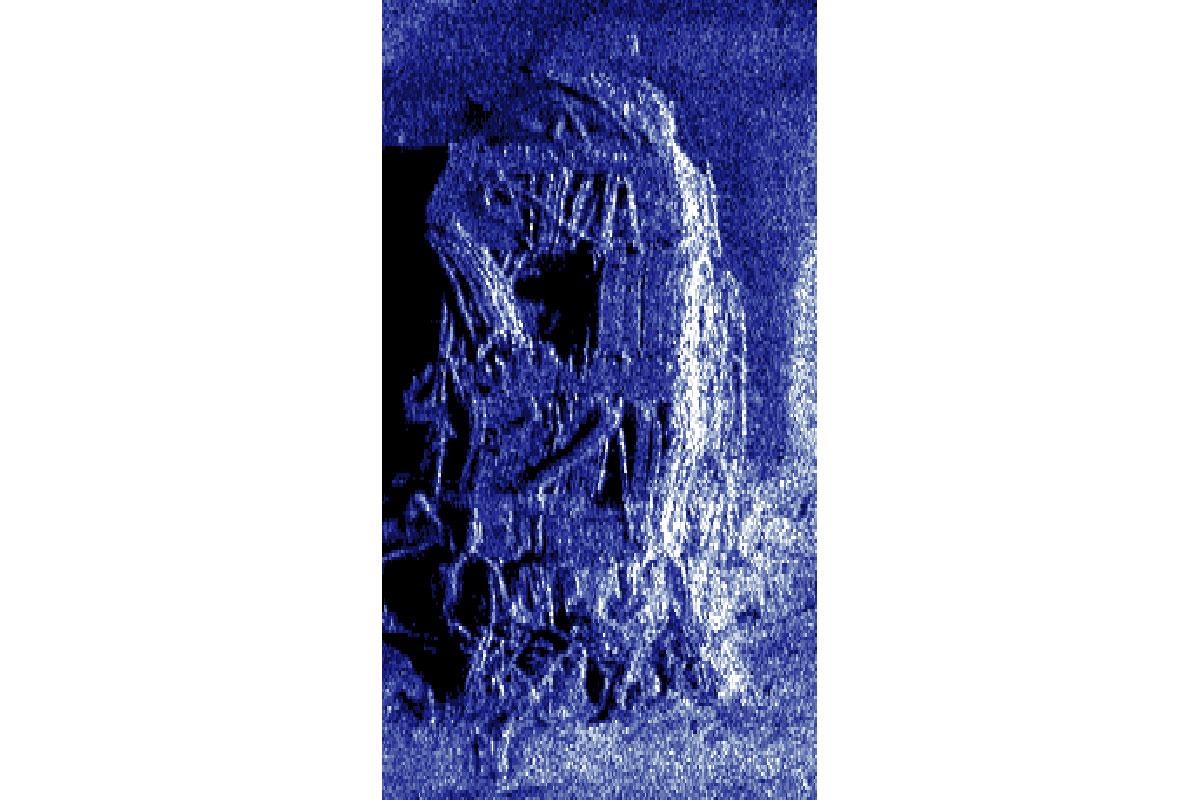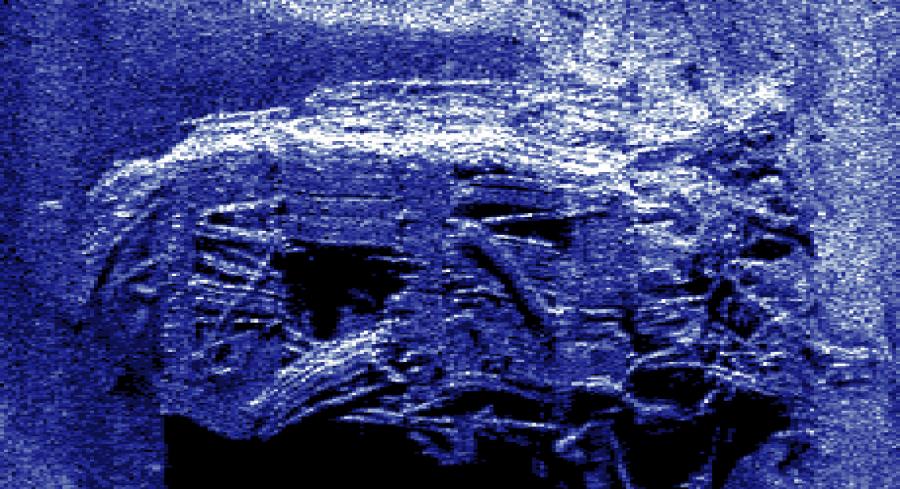In 1868 a beautiful new clipper ship was launched from William Pile’s shipyard in Sunderland. Built for the shipping line of Devitt & Moore, the South Australian developed a reputation as a fine sea boat, capable of carrying a cargo of wool from Australia to Britain in less than 100 days. The 1,000-ton sailing ship was also renowned for the fine accommodation it also provided for its first- and second-class passengers, who sailed to and from Adelaide or Melbourne.
The ship was commanded by Captain David Bruce, a sturdy, weather-beaten, grey-whiskered Scot known as one of the old breed of ‘sea dog’ and famed for always dressing in black and wearing a straw hat and a ‘puggaree’, a cloth which hung down over the wearer’s neck to protect them from the sun. Bruce limped, the result of his leg being crushed by a loose cask during a storm. His three sons followed him into the Australian trade and the commands of the South Australian and its smaller sister City of Adelaide became a family concern.
The South Australian met its end in the winter of 1889, en route to Rosario in Argentina. Shortly after setting sail from Cardiff, the ship ran into a gale in the Bristol Channel. The ship began to roll, and the cargo of railway rails shifted, tearing a hole in the hull. The ship must have sunk quickly, but all but one of the crew managed to make it into one of the ship’s boats. After drifting for twelve hours they were found and saved.

Wessex Archaeology sidescan sonar image of the South Australian wreck from a previous geophysical survey for Historic England: the mound that can be seen is the cargo of railway track.
Today the wreck of the South Australian and its cargo lies over 40 m deep on the seabed in the Bristol Channel near Lundy.
We have been asked by Historic England to investigate the wreck; watch out on our Facebook page this week for updates on how this investigation is going and for more information about the work and the South Australian.
By Graham Scott
